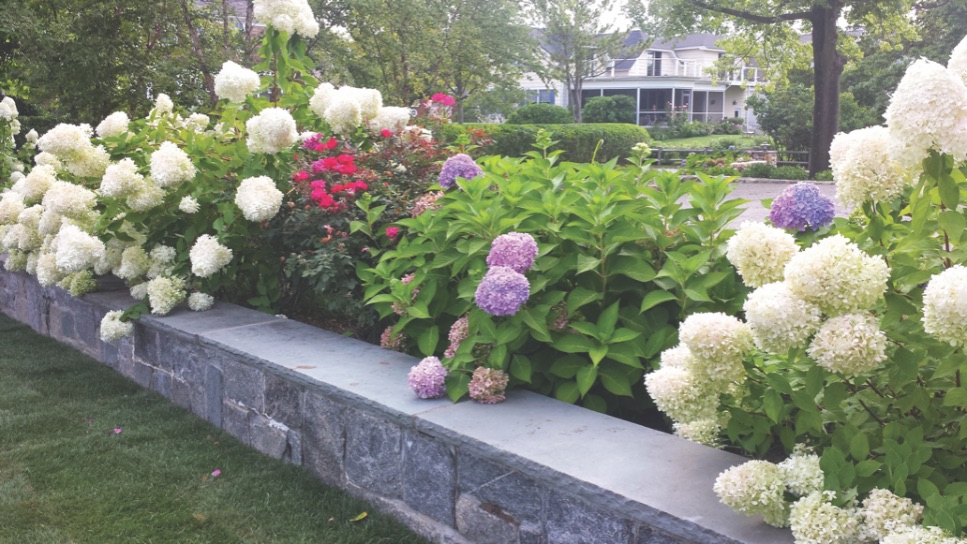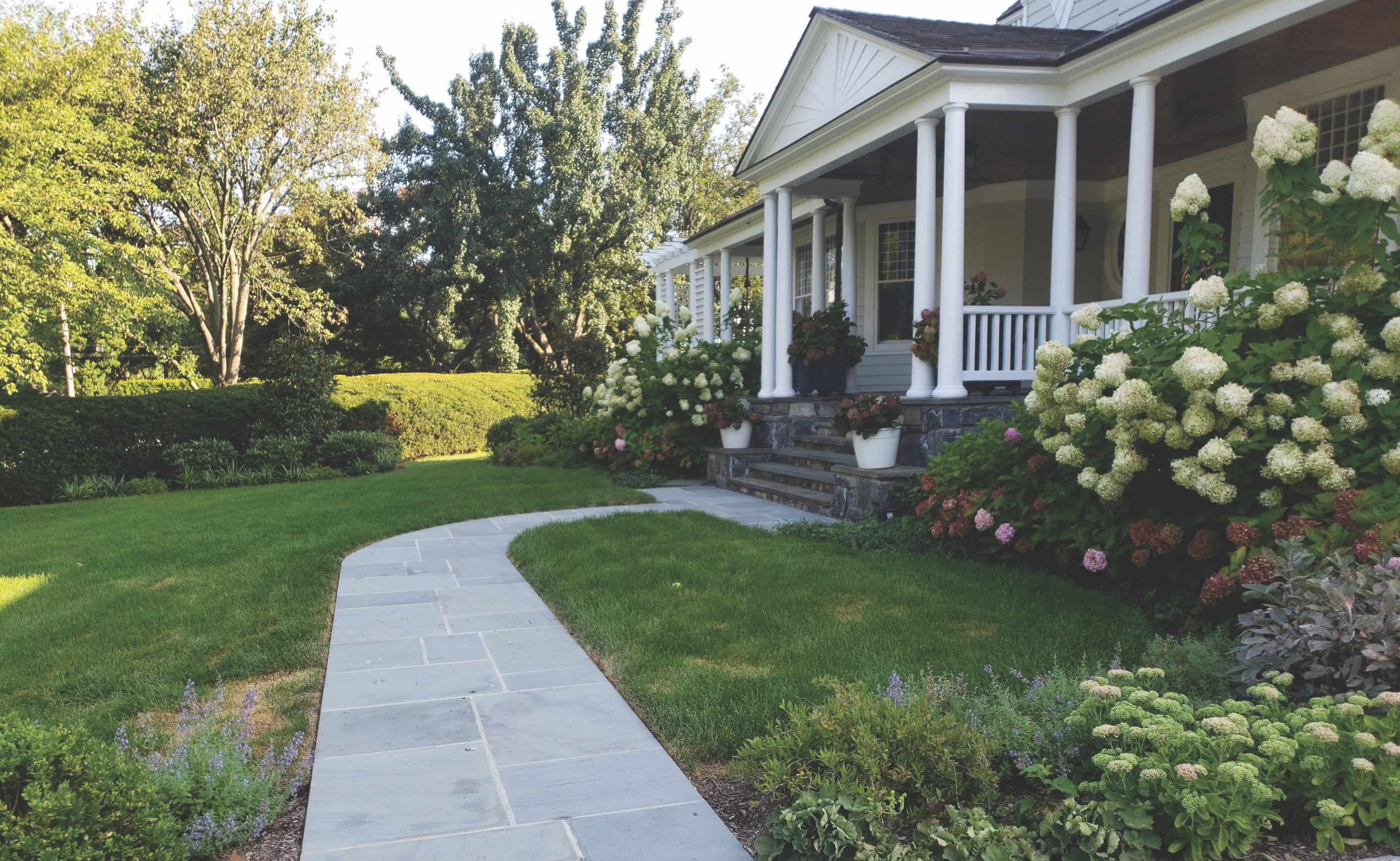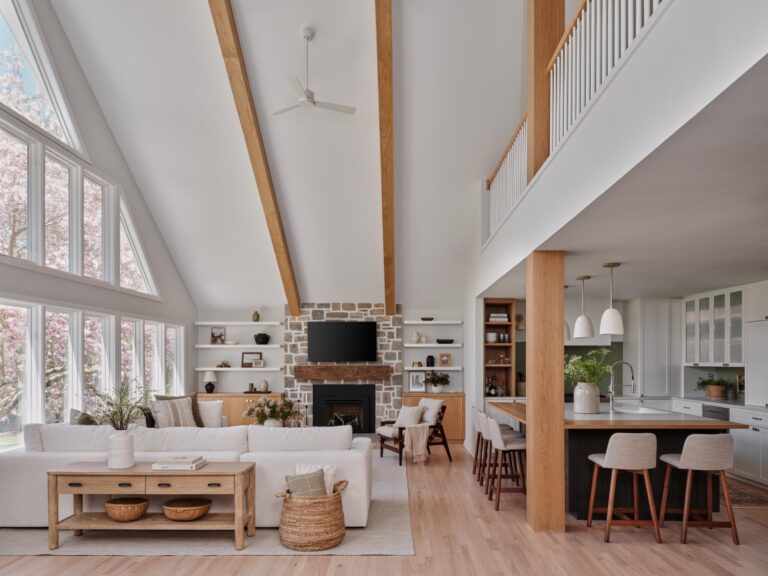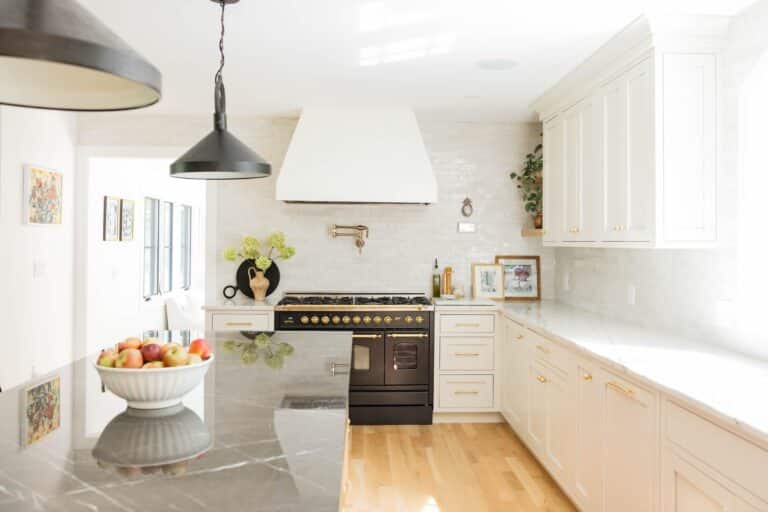When Peter Grunow, owner of Gro Pro Landscape Co., first meets with a client he arrives early in order to get a sense of the place and how it flows. Grunow will ask himself if the landscape is too heavy, too overgrown or simply uninviting. “Then, after listening to what the client might like, I compare it to my sense of the place and offer solutions based upon their wishes,” he explains. Because the company does not advertise or have a big social media presence, most of their clients come from referrals—clients who have previously used Gro Pro Landscape and were very pleased with the result—and so the first-time conversation is not a hard sell, but rather a friendly discussion on how best to proceed.
“I think one way that we are different from others is that we have a good background in the basics of horticulture, combined with a talent for texture and the knowledge of sequential bloom,” notes Grunow. Add to that the experience the company has with common issues such as salt tolerance, rabbits, deer, children and pets and it’s clear to see why they have such a strong fan base. “We tackle a project with enthusiasm and great integrity,” says Grunow—and his clients agree.
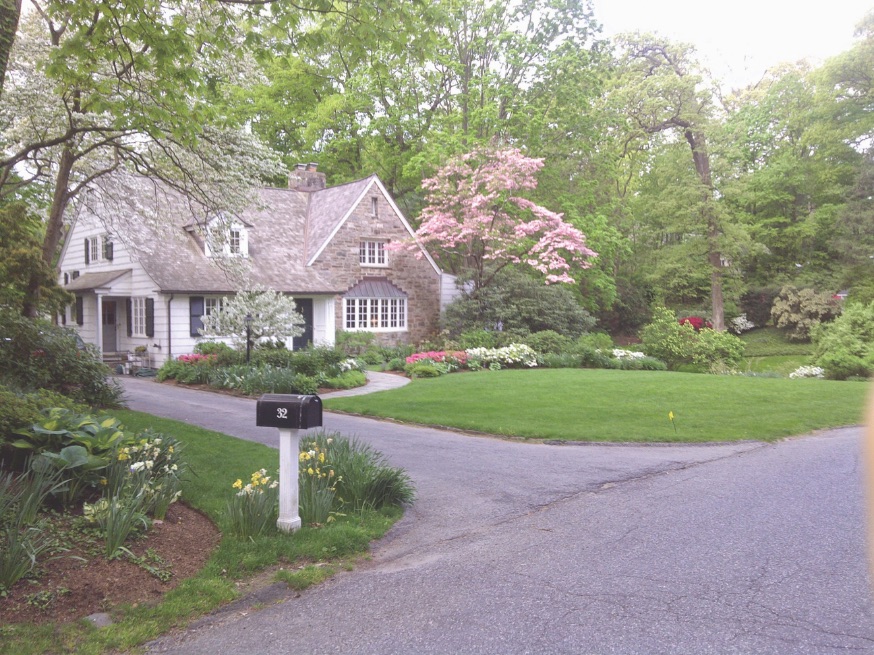
THE COMPANY’S PHILOSOPHY
“I’ve spent my entire life in town and I am not trying to create anything that might be considered ‘Greenwich’—with loads of boxwood and formality,” says Grunow. Instead he prefers a more relaxed planting of perennials, grasses and deciduous shrubs, with a backbone of evergreen. This is evident in the public gardens he has designed. At Greenwich Point, Gro Pro planted and did the landscape for the Innis cottage and the old barn, including the removal of parking lots and the addition of walkways, native perennials and grasses. And at Binney Park, Grunow has spent the past couple of years working with the town to plant native species along the pond’s edge as well as the patio off the main pavillion. “In both locations we created public places for congregating, and it gives me great pleasure to drive by and see them so actively used,” says Grunow.
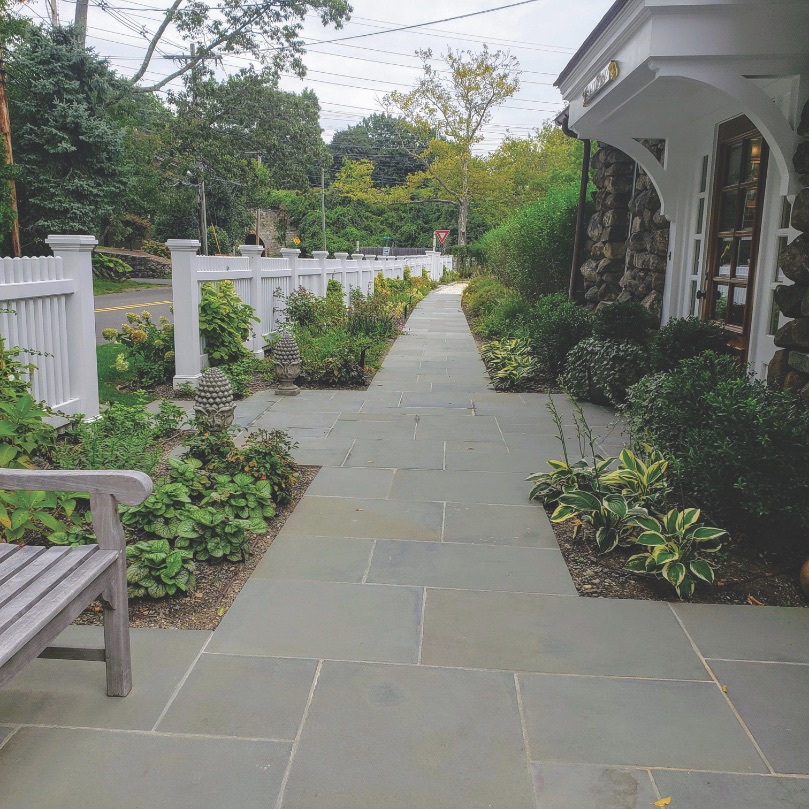
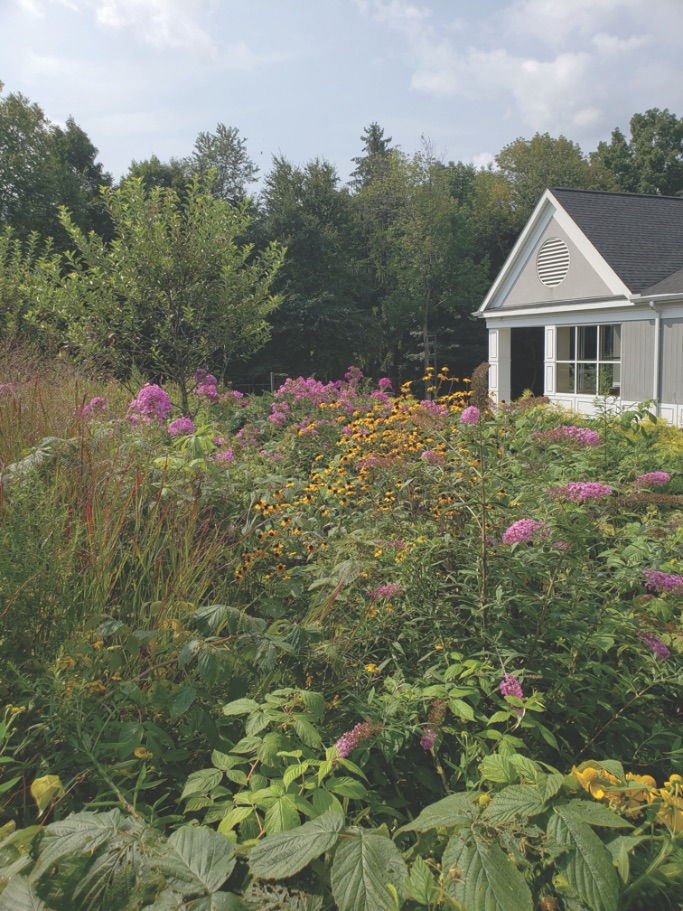
WHAT’S TRENDING NOW
“I think this year’s biggest trend has been a continued move towards vegetable gardening,” says Grunow. “Maybe not necessarily for the yield but more for keeping the children occupied and learning.
I think vegetable gardening is hard work and requires a great deal of knowledge, so I think it will continue to grow with some as others lose interest.” He’s also noticing a substantial increase in the number of outdoor kitchens and entertainment areas, including fire pits. Part of that is attributed to people wanting a peaceful place to escape the confines of the house, kids, Zoom and the like.
“I think with people stuck at home and looking out the window more often, it has led people to be more critical of their land- scape with regard to privacy screening, entertainment areas and peaceful escapes,” explains Grunow. “It’s really nothing new, but perhaps in a bit of over- drive this past year.”
Thinking of what to use in your own space? In terms of the most popular plants, ilex is being used more often instead of boxwood, which has declined in use as of late. “That’s certainly not an exciting plant, but a good, solid backdrop for color,” says Grunow.
As far as deciduous flowering shrubs go, the lilac, viburnum, rose of Sharon and hydrangeas continue to be crowd favorites. For screening, the Norway spruce and Leyland cypress are deer proof. “As for perennials, I think it’s the salvia, allium, Russian sage, nepeta, peony and the like that are the most popular due to their hardiness, bloom length and the fact that the rabbits and deer don’t eat them,” says Grunow.
